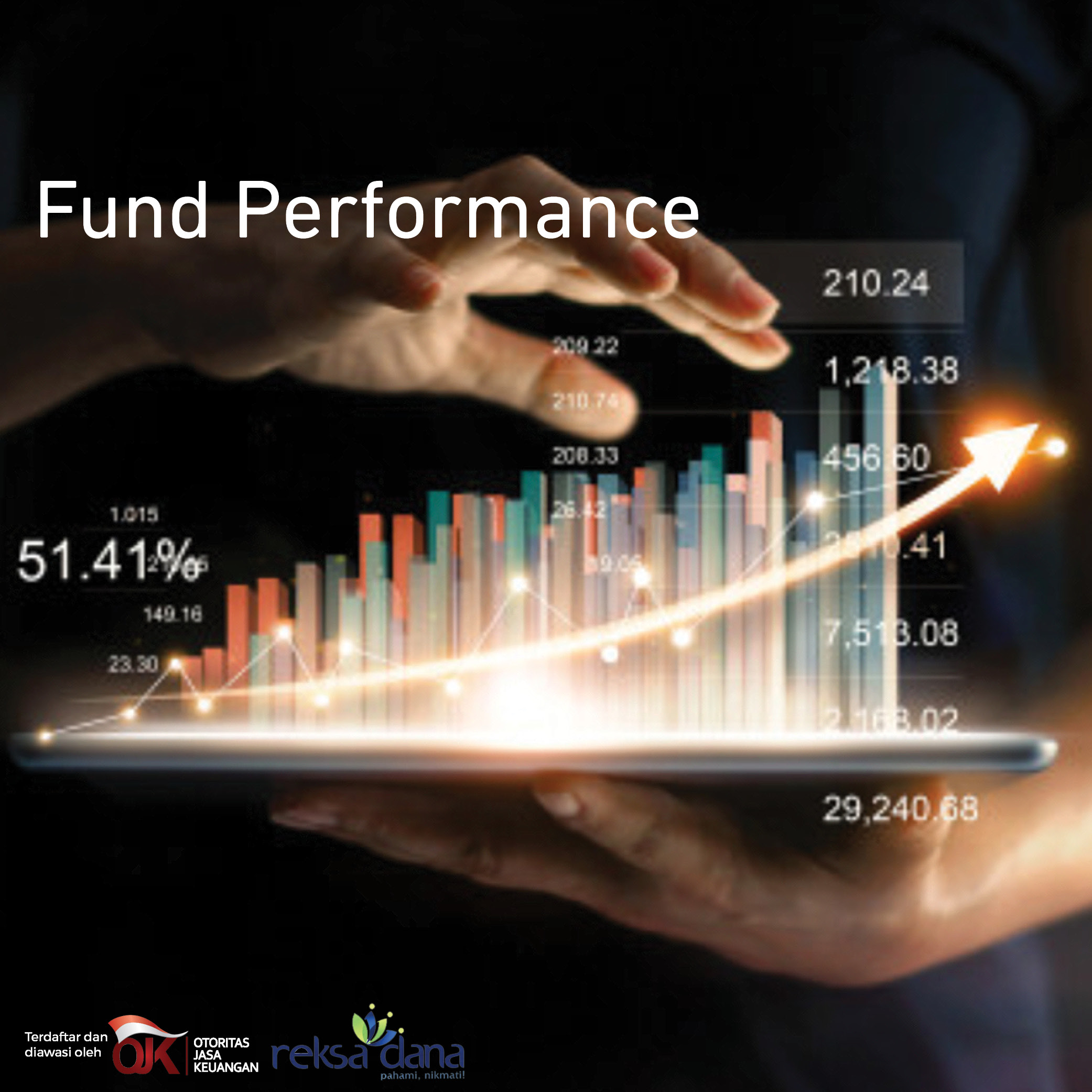Highest surplus since Nov-20
Statistics Indonesia reported the trade surplus at USD2.36 bn in May-21. The surplus is higher than our estimate of USD1.74 bn but slightly lower than consensus at USD2.39 bn. It was the highest surplus since Nov-20 at USD2.59 bn. The increase of export and import were significant on yearly basis though the export decreased by 10.3% MoM (+58.8% YoY) or recorded USD16.6 bn of total export. Besides, import decreased by 12.2% MoM (+68.7% YoY) resulting USD14.2 bn of total import. After the Eid month, it is expected and natural for the trade performance slows down. Just like last month, commodity price surge played significant role as well as the low-base effect due to the impact of the pandemic last year on the trade performance.
Coal plays significant role
Lot of important commodities showed higher prices on monthly and yearly basis such as coal, palm oil and copper where they increased by 103.9% YoY, 101.7% YoY and 93.9% YoY respectively. The prices hike on these commodities played a significant role to boost the export performance. Based on its sector, all of sector (OG, agriculture, manufacture and mining) decreased in monthly except mining where it grew by 14.3% MoM (95.4% YoY). However, on yearly basis, all of the sectors showed growth due to the low-base effect as well. From the selected non-OG sector, the biggest contributor (15% of total export) came from Animal/Vegetable Fats and Oil (HS 15) where it increased by 10.6% MoM to USD2.49 bn. From the top export commodities, the highest growth came from Mineral Fuel (HS 27) at 281% MoM to USD2.31 bn. The Mineral Fuel contains coal and the price of coal surged significantly. The main export destination countries for coal are China, India and Japan. During the peak years, coal contributed around 85% to total state revenue from the mining sector.
Growing manufacture increases imports
IHS Markit Indonesia Manufacturing Purchasing Managers’ Index (PMI) rose from 54.6 in Apr-21 to 55.3 in May-21 or recording the new highest level. The index moved above the 50-threshold, signifying the economic. There was a stronger increase in overall demand, supported by a second month of international new order growth, which led to rising manufacturing production. Thus, manufacturers ramped up their acquisition of raw materials and semi-finished goods, expanding purchasing for the fourth consecutive month. The manufacturing sector is significant as the import of raw material/intermediary goods was 76.8% of total import. All of imported goods based on the usage decreased on monthly basis but increased on yearly basis: consumption goods (50.3% YoY), intermediary goods (79.1% YoY) and capital goods (35.3% YoY). Based on the goods classification, Machine and Mechanical Equipment (HS 85) was the highest contributor (14.4% of total import) where it decreased by 20.3% MoM to USD1.66 bn. From the selected import commodities, the highest growth came from Ores, Slag and Ashes (HS 26) which grew by 144.3% MoM to USD237.1 mn due to the preparation for Eid Celebration.
Expecting unchanged policy rate in Jun-21
The thick trade surplus in May-21 was actually obvious especially because of the low base effect and the significant hike of commodity price. Besides, global demand helped to sustain the surplus. Despite of slight deceleration, global shipments performance was still great based on Baltic Dry index (BDI) due to the improving global demand from big economies that have been already recovering faster from the pandemic. Thus, we see the trade performance in 2Q21 will be better than 1Q21 due to the recovery of the global economy. However, we see that Bank Indonesia (BI) will hold the BI-7DRRR at 3.5% in the next BoG Meeting in June, 16th – 17th 2021 in order to stay competitive yet accommodative towards the market.
















